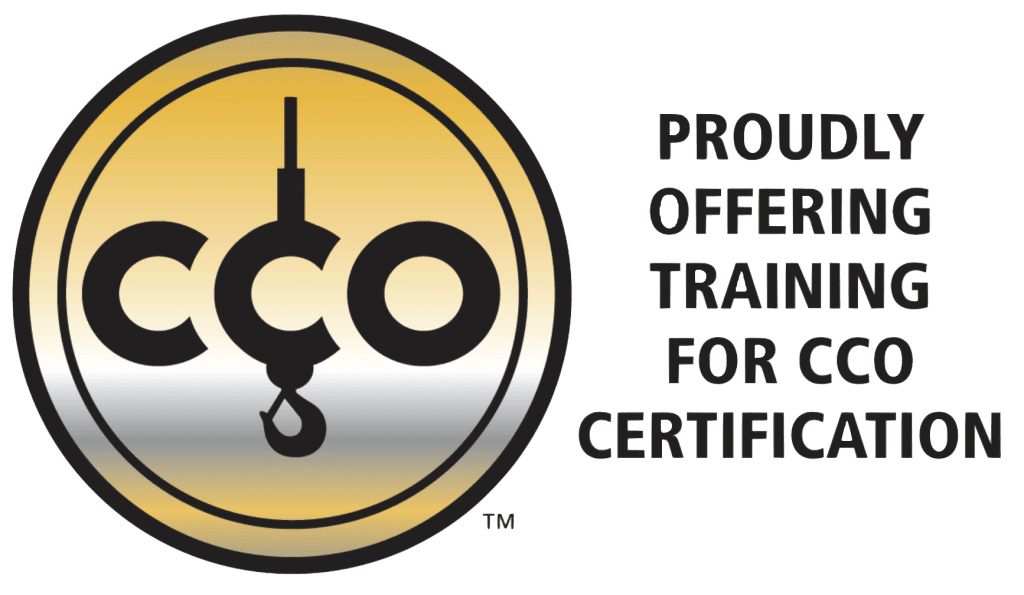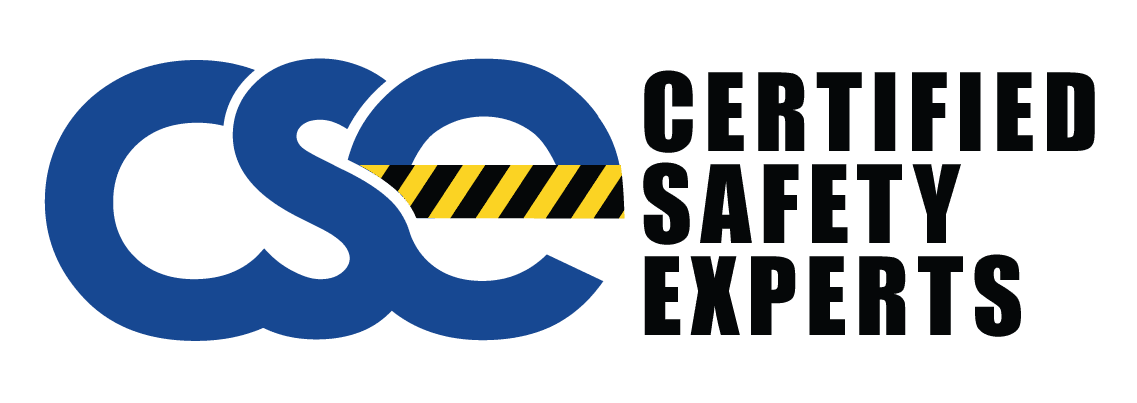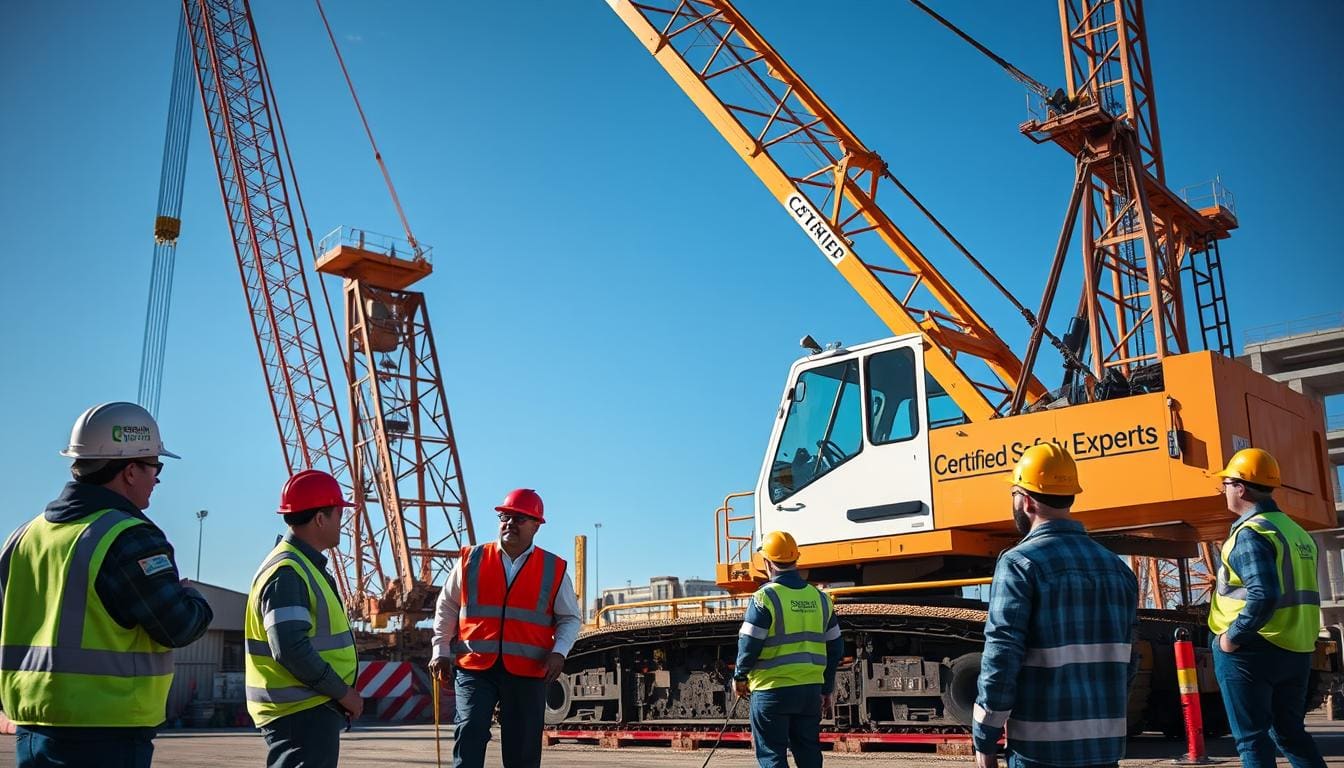How sure are you that your crane operations are safe and follow the rules? Making sure cranes are safe and work well is very important. The crane inspection process is key to keeping crane operations safe and following the rules. It helps lower the chance of accidents and makes your equipment last longer.
Following strict inspection rules keeps your workers safe and meets legal standards. It also helps your operations run better. Regular checks are not just about following the rules. They are also a key way to stop workplace dangers before they happen.
Key Takeaways
- Understanding the purpose of the crane inspection process.
- Recognizing the importance of safety and compliance in crane operations.
- Comprehending how regular inspections prevent accidents.
- Knowing the role of inspection protocols in promoting a safe work environment.
- Appreciating the necessity of routine oversight in mitigating hazards.
- Ensuring the longevity and operational efficiency of crane equipment.
Introduction to Crane Safety Checks
Crane safety checks are key to the success and safety of lifting operations. They help keep the workplace safe and protect both workers and equipment. By doing these checks often, we can spot risks early and stop accidents before they happen.
Crane safety checks include looking at mechanical parts, control systems, and safety features. By using a checklist, operators can find problems like wear and tear or misalignment. Doing these checks every day makes the workplace safer and lifts more efficiently.
Crane safety checks are very important for keeping everything running smoothly. In the next parts, we’ll look at what inspections are needed, industry rules, and how to follow them for safety and compliance.
Mandatory Crane Inspection Requirements
Understanding crane inspection requirements is key. It covers federal and local laws, industry standards, and keeping records.
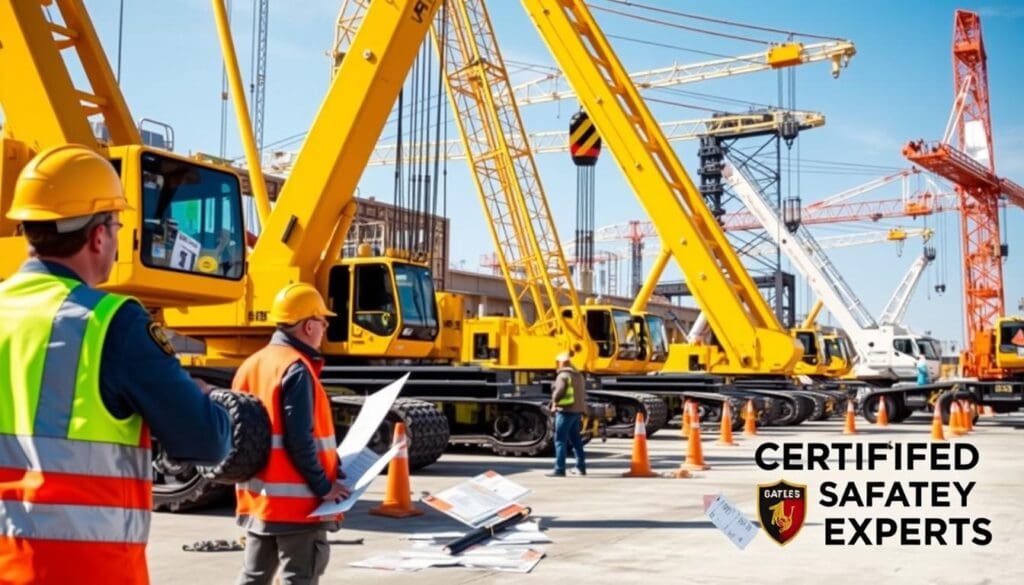
Federal and Local Regulations
OSHA sets the safety rules for cranes. These rules make sure cranes are used safely everywhere. Local laws add to these, focusing on risks in certain areas.
Industry Standards
Crane industry standards add to the safety rules. Groups like the American National Standards Institute (ANSI) and the American Society of Mechanical Engineers (ASME) set important guidelines. These standards fill in any legal gaps, offering the best ways to work safely and efficiently.
Documentation and Record-Keeping
Keeping detailed records is crucial. These records should include inspection results, maintenance, and fixes. Good records prove you follow the laws and standards. They also make crane operations more accountable and traceable.
Overhead Crane Inspection Checklist
Ensuring safety compliance for overhead cranes is key. A detailed inspection checklist is vital. It helps spot problems early and keeps operations smooth. Here are the main parts of the checklist:
- Structural Integrity: Look for any signs of damage, like cracks or bends, in the crane’s structure.
- Electrical Systems: Check electrical parts, including wires, control panels, and connections, for safety and proper work.
- Mechanical Components: Inspect mechanical parts, like gears, bearings, and brakes, for damage or wear.
- Hydraulic Systems: Check for leaks, fluid levels, and pressure in hydraulic systems.
- Safety Devices: Make sure safety features, like limit switches and emergency stops, work right.
- Operational Controls: Test the crane’s control systems to make sure they respond well and work as they should.
- Load Testing: Do load tests to ensure the crane can lift the weight it’s supposed to.
- Documentation and Record Keeping: Keep detailed records of inspections and any fixes to stay safe and compliant.
Using the overhead crane inspection checklist often helps catch and fix problems early. This keeps the workplace safe for everyone.
Crane Inspection Procedures
Crane inspection procedures are key for keeping workplaces safe and following the rules. This part talks about daily checks, yearly crane inspections, and how to inspect mobile cranes. It gives a clear plan for keeping cranes safe and reliable.
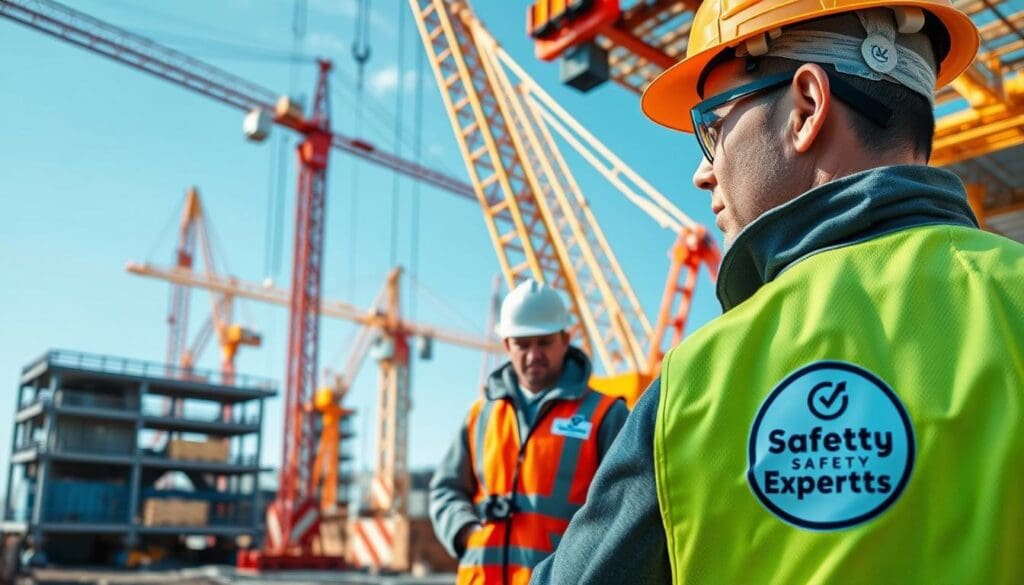
Daily Inspection Guidelines
Daily checks are crucial to spot problems early. Operators should look over the crane and check:
- All control mechanisms for maladjustments
- Electric systems for continuity
- Hydraulic systems for leaks
- Wire ropes and chains for wear and damage
Following these guidelines helps operators fix small issues before they turn into big ones.
Annual Crane Inspection Protocol
The yearly crane check is more detailed. It looks at crane parts and how they work. Certified inspectors might check:
- Structural parts like the boom and jib
- How things work together, including brakes and steering
- Safety gear like overload protection and emergency stops
- Keeping records
This yearly check keeps cranes safe and working well for a long time.
Mobile Crane Inspection Procedure
Mobile cranes need special checks. Important things to look at include:
- Stability supports like outriggers and weights
- How the crane moves and its parts
- The engine and transmission
- Following rules for moving and standing still
Checking these things often keeps mobile cranes safe and working right at different job sites.
Typical Crane Inspection Process
The crane inspection process is key for crane safety and efficiency. It starts with a visual check. Inspectors look for wear and tear on important parts like cables, hooks, and brakes.
Next, they do thorough tests. These tests check control systems, lifting capacity, and how the crane responds to commands. This makes sure all movements are smooth and emergency stops work right.
Inspectors also check mechanical parts. They look at gearboxes, motors, and other parts for any problems. Regular checks help spot issues early, keeping the crane safe to use.
The inspection process changes based on the crane type and how it’s used. For example, mobile cranes need extra checks to stay stable when lifting different weights.
In short, the crane inspection process has many steps to keep cranes safe and meet standards. Regular checks protect the crane and keep workers safe from accidents.
Conclusion
Crane inspections are key to safe lifting and keeping the workplace safe. Following federal and local rules, industry standards, and keeping detailed records is crucial. This ensures cranes work well and safely. Regular checks spot problems early, avoiding expensive downtime and accidents.
A mix of daily and yearly inspections is vital for crane upkeep. It creates a safety-focused work culture. In fields like building and making things, keeping workers safe and operations smooth is top priority. By sticking to inspection plans, companies can lower risks and make the workplace safer.
Start by setting up a crane inspection today. Call us at (919) 326-3742 for a service that follows all safety rules and guidelines. Make sure your cranes are in great shape for safe lifting operations. This boosts your work’s success and reliability.
